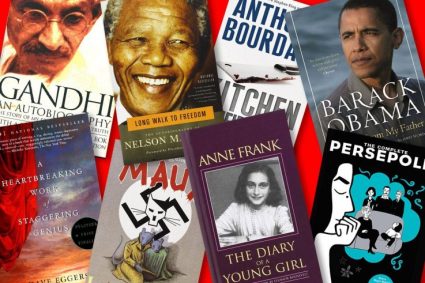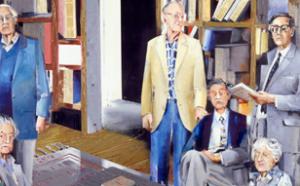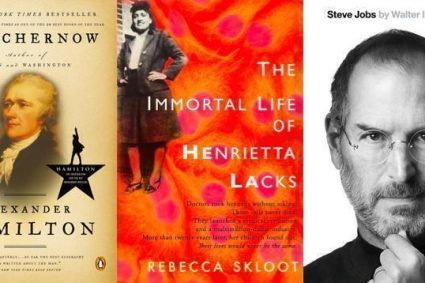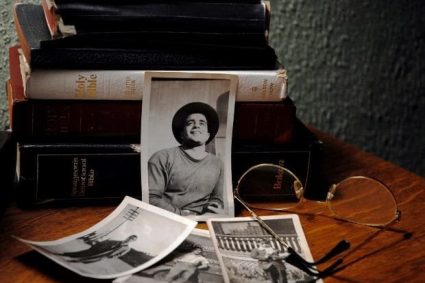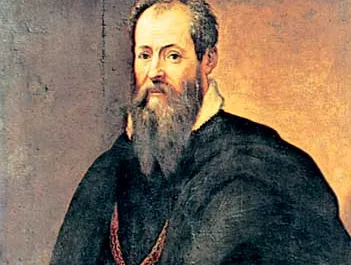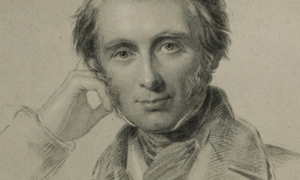
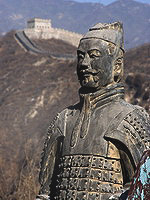
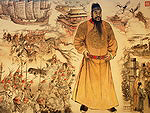
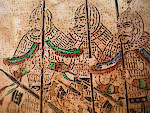
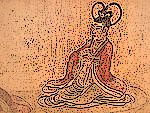
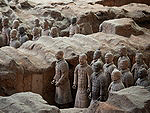
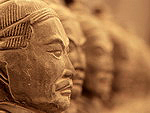
China’s rich and intricate history spans thousands of years, encompassing a tapestry of dynasties, cultural revolutions, and transformative changes. This journey through Chinese history unfolds as a remarkable narrative, reflecting the resilience, innovation, and enduring spirit of one of the world’s oldest civilizations.
Ancient China: Foundations of Civilization
The story begins in ancient times, with the Xia, Shang, and Zhou dynasties laying the groundwork for Chinese civilization. The philosophical teachings of Confucius and Laozi, coupled with technological innovations like papermaking and the compass, marked China as a cradle of both thought and invention.
Imperial China: Dynastic Peaks and Valleys
The rise and fall of dynasties characterize this era, from the powerful Qin and Han to the splendor of the Tang and Song. The construction of the Great Wall, the development of the Silk Road, and the invention of gunpowder exemplify China’s influence on the world.
Mongol Rule and the Ming Renaissance
The Mongol invasion under Genghis Khan and Kublai Khan brought about the Yuan Dynasty, yet it was followed by the Ming Dynasty, characterized by cultural revival, artistic achievements like blue-and-white porcelain, and maritime expeditions led by Zheng He.
The Ming and Qing Dynasties: Twilight of the Dynastic Era
The Ming Dynasty gave way to the Qing Dynasty, marking the last imperial reign. The opulent Forbidden City, the encroachment of European powers, and internal strife set the stage for the monumental changes that lay ahead.
The Republic of China: From Monarchy to Modernization
The early 20th century witnessed the end of imperial rule and the establishment of the Republic of China. Dr. Sun Yat-sen’s vision for a modern, democratic China faced challenges from warlords and foreign powers, leading to the rise of the Chinese Communist Party (CCP).
The People’s Republic of China: A Revolutionary Epoch
The establishment of the People’s Republic of China in 1949 under Chairman Mao Zedong marked a new era. The Great Leap Forward and the Cultural Revolution, though tumultuous, shaped modern China’s identity. Economic reforms under Deng Xiaoping opened the country to global influences, fostering rapid development.
Contemporary China: Reform and Global Influence
The late 20th century and beyond saw China’s emergence as a global economic powerhouse. Technological advancements, urbanization, and diplomatic engagement marked this period, alongside social and environmental challenges.
Conclusion: A Continuing Story
China’s history is a tale of continuity and change, shaped by the ebb and flow of dynasties, revolutions, and the pursuit of national rejuvenation. Today, China stands at the forefront of global affairs, drawing on its deep historical roots as it navigates the challenges and opportunities of the 21st century.

